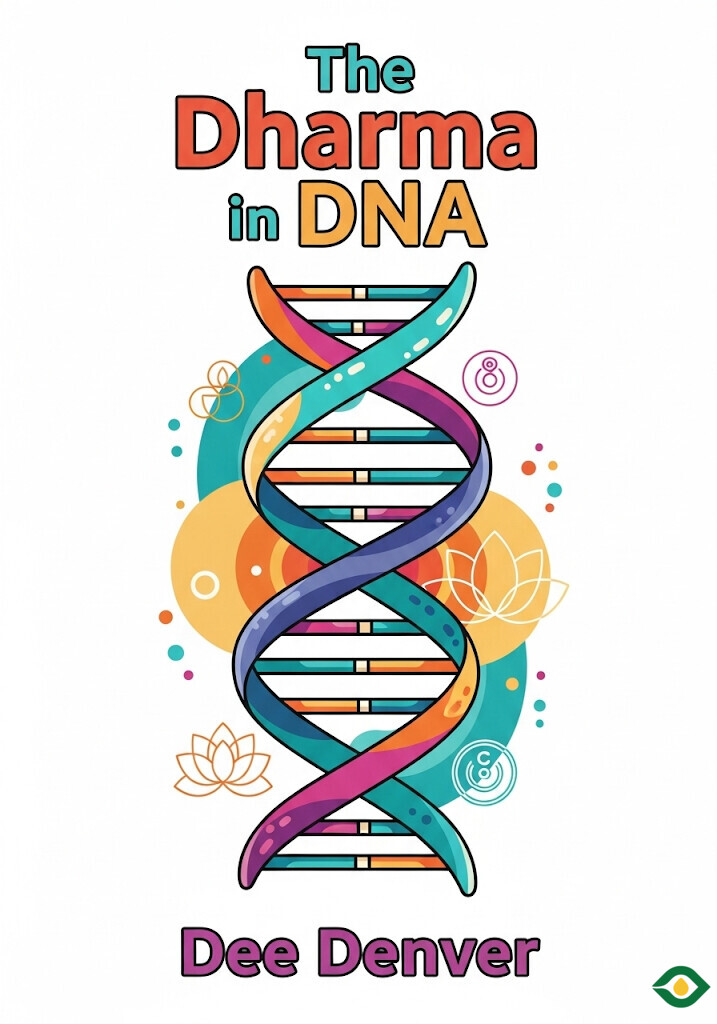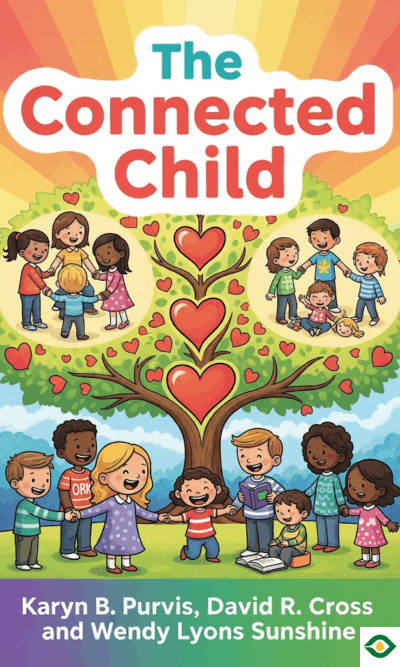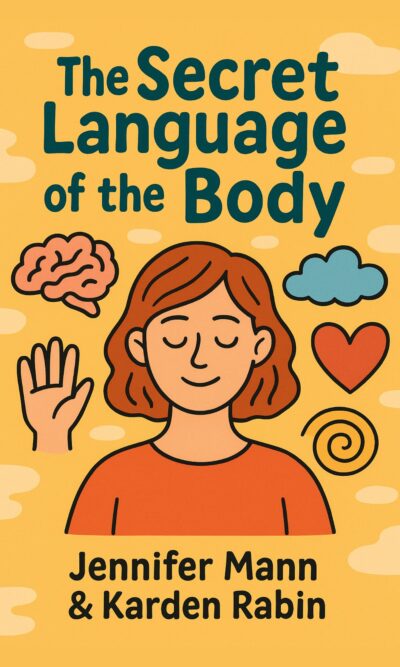Description
In 2004, scientist Dee Denver attended a talk by the Dalai Lama. As a molecular biologist and rational thinker, he expected little from a spiritual lecture. But what he heard surprised him. The Dalai Lama spoke in ways that were clear, logical, and thought-provoking. His words on impermanence and the nature of self did not sound like religious superstition at all. Instead, they made Denver reflect more deeply on his own scientific work. That day began his journey of exploring the surprising harmony between Buddhist philosophy and modern biology.
Many people see science and religion as enemies. The common story says that the Greeks once began studying the natural world through reason and observation, but religious dogma later silenced free inquiry during the Middle Ages. When Darwin published On the Origin of Species in 1859, many believed that science had finally defeated religion once and for all. Some scientists, like Richard Dawkins, argue that religion is empty of truth and only holds us back. Others, like Stephen Jay Gould, suggest that science and religion live in separate worlds: science deals with facts, while religion deals with values and meaning.
But this simple story does not capture the whole picture. The conflict is sharp mainly in traditions that insist on permanent souls or unchanging essences. What happens when we consider a religion like Buddhism, which denies the idea of an eternal soul and instead teaches that there is no fixed self at all? In that case, the supposed conflict looks very different.
Buddhism teaches the idea of anatman, or nonself. A famous story illustrates this teaching. Around 150 BCE, a Greek king named Menander spoke with a Buddhist monk named Nagasena. When asked who he was, the monk said that “Nagasena” was just a name, not an actual person or soul. The king pressed him: Was he his hair, skin, bones, blood, or consciousness? Nagasena answered no each time. Finally, he explained the idea using the example of a chariot. A chariot is not the wheel, the axle, or the frame. It is not found in one part, nor outside the parts. The word “chariot” is just a convenient label for the collection of parts. In the same way, “Nagasena” is just a label for the collection of body, mind, and experiences. There is no hidden essence behind the name.
For Buddhists, a human being is made up of five constantly changing parts: the body, sensations, perceptions, mental formations, and consciousness. The body grows old. Sensations, like warmth or pain, quickly pass away. Perceptions shift as we learn and remember. Mental formations—our desires, habits, and moods—arise and fade. Even consciousness itself is not stable; it is simply awareness of whatever is happening in each moment. None of these parts last forever, and together they do not create a permanent “I.” Instead, the self is a process, always moving and changing like a flame or a river.
Suffering, according to Buddhism, comes when we cling to the illusion of a permanent self. If we build our identity around youth, beauty, or success, we fight an endless battle against time and change. Since all things are impermanent, this struggle always leads to pain. Freedom comes when we accept that life is made of change and that there is no unchanging essence to defend.
Modern biology, surprisingly, points in the same direction. The discovery of DNA was once thought to explain the mystery of life. Francis Crick, one of its discoverers, proposed an “astonishing hypothesis”: that everything we call the self—our memories, hopes, joys, and pains—is simply the activity of nerve cells and molecules. The individual identity we hold so tightly is not something eternal. It is the result of physical processes shaped by evolution.
Genes, however, do not act in isolation. They interact with the environment. What we eat, the air we breathe, the people we meet, and the culture we grow up in all shape how our genes are expressed. Identical twins with the same DNA can end up very different depending on their life experiences. A genetic predisposition toward depression, for example, may stay dormant in one twin while it is triggered in another who faces hardship. This shows that our biology is not a fixed blueprint but an ongoing conversation between genes and the world.
So, just as Buddhism says the self is a bundle of changing processes, science too reveals no permanent core. Our bodies are collections of cells and molecules, themselves constantly renewing and interacting with the world. Our minds are shaped by brain activity, which itself is influenced by genes and experiences. Even DNA, once thought to hold the key to identity, is part of an open-ended system that changes over time.
When viewed from both Buddhism and biology, the idea of a fixed, unchanging self disappears. Instead, what we find is patterns of interaction, like whirlpools in a river. A whirlpool looks solid, but it is nothing more than moving water taking shape for a while before dissolving again. In the same way, each of us is a temporary pattern, made of countless processes flowing together, never still, never separate from the larger world.
Denver’s journey shows that science and Buddhism are not necessarily opposed. Instead, they can complement each other. Biology explains how bodies and minds emerge through evolution and interaction. Buddhism provides a philosophy for understanding impermanence and letting go of illusions. Both point us toward the same truth: that life is not about defending a permanent self but about living fully within change.
The story of “The Dharma in DNA” reminds us that knowledge does not always come from one path alone. Sometimes wisdom arises when we let different perspectives meet. Science without philosophy can become dry and mechanical. Religion without reason can become rigid and blind. But when they support each other, they reveal something deeper about what it means to be human. Both Buddhism and biology suggest that we are not separate, unchanging selves, but living processes, woven into the greater fabric of nature.
The lesson is both humbling and liberating. We are not static beings trapped inside our bodies. We are dynamic patterns of life, shaped by genes, environment, culture, and time. To cling to permanence is to suffer, but to embrace change is to discover freedom. By seeing ourselves as part of this ever-moving flow, we can approach life with more clarity, compassion, and peace.





